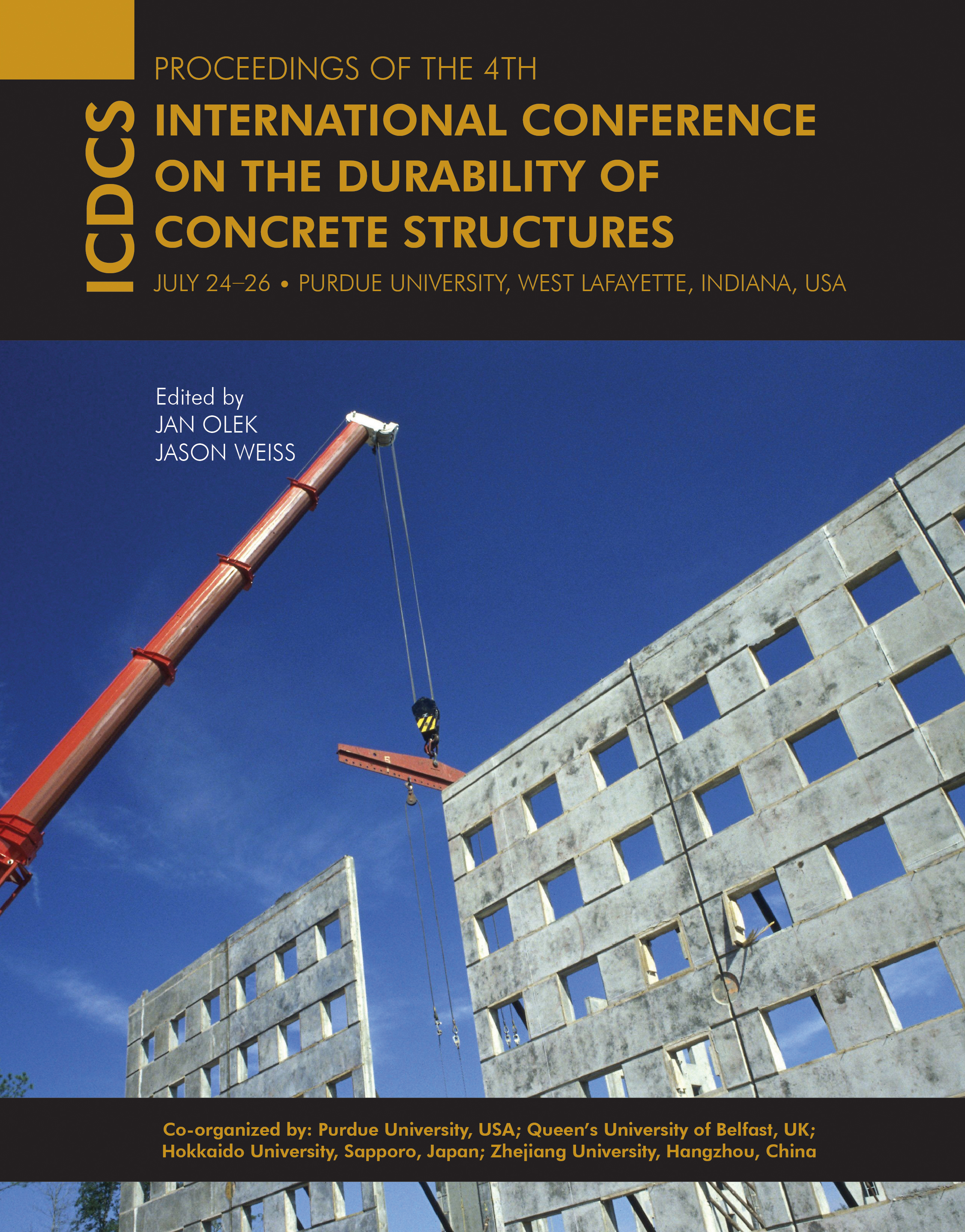Keywords
analytical model, corroded stud, hogging moment, steel–concrete composite beam
Abstract
The behavior of corroded steel–concrete composite beams under hogging moment was studied by experimental investigation and theoretical analysis. A total of eight specimens, six of which had corroded shear studs, were tested. The corrosion rate of studs ranged from 0 to approximately 50%. The constant-current accelerated corrosion method was adopted to accelerate the corrosion process. The loading test results indicated that the bending capacity of the corroded beams decreased slightly with increasing corrosion ratio of the studs. The corroded beams also exhibited an obvious decrease in bending rigid stiffness and increase in the slip between the steel beam and the concrete slab. An analytical model was developed to study the steel–concrete composite beams with corroded studs under hogging moment. It is shown that the analytical model is able to predict the test results with reasonable accuracy.
DOI
10.5703/1288284315393
Included in
Behavior of Steel–Concrete Composite Beams with Corroded Shear Studs Under Negative Bending Moment
The behavior of corroded steel–concrete composite beams under hogging moment was studied by experimental investigation and theoretical analysis. A total of eight specimens, six of which had corroded shear studs, were tested. The corrosion rate of studs ranged from 0 to approximately 50%. The constant-current accelerated corrosion method was adopted to accelerate the corrosion process. The loading test results indicated that the bending capacity of the corroded beams decreased slightly with increasing corrosion ratio of the studs. The corroded beams also exhibited an obvious decrease in bending rigid stiffness and increase in the slip between the steel beam and the concrete slab. An analytical model was developed to study the steel–concrete composite beams with corroded studs under hogging moment. It is shown that the analytical model is able to predict the test results with reasonable accuracy.





